Discover how effective foam rolling can drastically improve your recovery time and enhance your overall performance. By mastering these 6 secrets to foam rolling, you can unleash your potential and keep your body feeling its best. Let’s dive into the essential steps for effective recovery!
What You’ll Need for Success
With these essentials, you’re ready to begin your recovery journey!
Choosing the Right Foam Roller
Not All Foam Rollers Are Created Equal – Which One is for You?Select the perfect roller for your needs. Start by considering the density. Soft foam rollers are great for beginners, while high-density models are better for experienced users seeking deeper pressure.
Explore different textures. Smooth rollers offer gentle relief, perfect for sensitive areas, while textured options, like ridges or knobs, provide more intense muscle massage and trigger point therapy.
Think about size. A standard 36-inch roller is ideal for full-body use, while a shorter 18-inch roller is more portable and great for targeted areas.
For instance, if you’re a runner, a high-density, textured roller can help target tough muscles like your calves and IT bands. Experiment with various types until you find the one that feels just right for your body!
Understanding Your Muscle Groups
Which Muscles Are Begging for Relief?Identify the key muscle groups that often hold tension and soreness. Focus on major areas like your back, legs, and glutes, as these commonly accumulate tightness from daily activities and workouts.
Target your quads and hamstrings. These muscles can become tight from running or cycling. Spend extra time rolling them out after leg day or long runs to reduce soreness.
Don’t forget your back. Using the roller along your spine can alleviate tension caused by prolonged sitting or lifting. Just ensure to keep your head and neck supported as you roll.
Engage your glutes. Sit on the roller, cross one leg over the other knee, and lean toward the side of the crossed leg. This will help release tightness that often builds up from sitting.
By being aware of these specific muscle groups, you can effectively target your foam rolling sessions for maximum recovery benefits.
Mastering the Techniques
The Secret Moves to Roller Bliss – Unlocking Techniques You Must Know!Experiment with various foam rolling techniques to enhance your recovery. Start with static rolls by lying on the roller and slowly moving back and forth. This method helps to release tension in major muscle groups like your quads or back.
Try contouring. Adjust your body position to roll around curves and contours of the muscles. For instance, angle your legs inward to better target the inner thigh area.
Apply targeted pressure by using your body weight on specific knots or tight spots. Pause and hold for 20-30 seconds on particularly sore areas until you feel the tension decrease.
For example, if your shoulder feels tight from a workout, lay on your side and use the roller to focus on the shoulder blade area. Mastering these techniques will not only speed recovery but also improve your overall performance.
Timing Your Sessions
When is the Best Time to Foam Roll for Maximum Recovery?Discover the optimal moments to foam roll for maximum benefits. Foam rolling can be effective at different times: pre-workout, post-workout, or even on your rest days.
Roll before your workouts. This serves as an excellent warm-up to prime your muscles. Spend about 10 minutes rolling your legs and back to increase blood flow and flexibility.
Post-workout is crucial. Dedicate 10-15 minutes to rolling the muscles you just worked. For instance, after a leg day, focus on your quads and hamstrings to alleviate soreness and enhance recovery.
Use rest days wisely. Incorporate light foam rolling to maintain muscle health without adding strain. This could involve gentle rolling of your sore areas, promoting ongoing recovery and mobility.
By timing your sessions effectively, you’ll optimize recovery and get back to your training routine faster.
Listening to Your Body
Are You Rolling Too Hard? Understanding Pain vs. Discomfort.Recognize the difference between beneficial discomfort and harmful pain during foam rolling. As you roll, pay attention to your body’s feedback. If you feel a mild soreness or tension, it’s probably a good sign that you’re releasing tightness.
Avoid sharp, stabbing pains—these could indicate injury. For example, if rolling your hamstrings causes unbearable pain, back off and adjust your technique or pressure.
Modify your intensity based on how you’re feeling. If certain areas are particularly tender, use a lighter touch or hold on those spots for a shorter time.
Engage in a dialogue with your body. Ask yourself: “Does this feel productive or sharp?” By tuning into your sensations, you’ll ensure you reap the rewards of foam rolling without risking injury.
Incorporating Foam Rolling into Your Routine
Make Foam Rolling a Habit – Your Body Will Thank You!Commit to a consistent foam rolling schedule to enhance your recovery efforts. Start by setting aside specific times during your day when you can roll. For example, dedicate 10 minutes each morning to prepare your muscles or 15 minutes in the evening to wind down and target tight areas.
Integrate foam rolling into your workout sessions. Consider rolling immediately before or after your workouts as a part of your routine. For instance, set a reminder on your phone to foam roll right after your cooldown.
Make it a social activity. Invite a friend to join you for a rolling session. This can make the process more enjoyable and keep you accountable.
By intentionally weaving foam rolling into your daily life, you’ll stay committed and boost your recovery journey.
Your Journey to Recovery Starts Now!
By implementing these 6 secrets to effective foam rolling, you’re one step closer to faster recovery and enhanced performance. Get rolling today! Are you ready to transform your recovery routine and unlock your full potential?
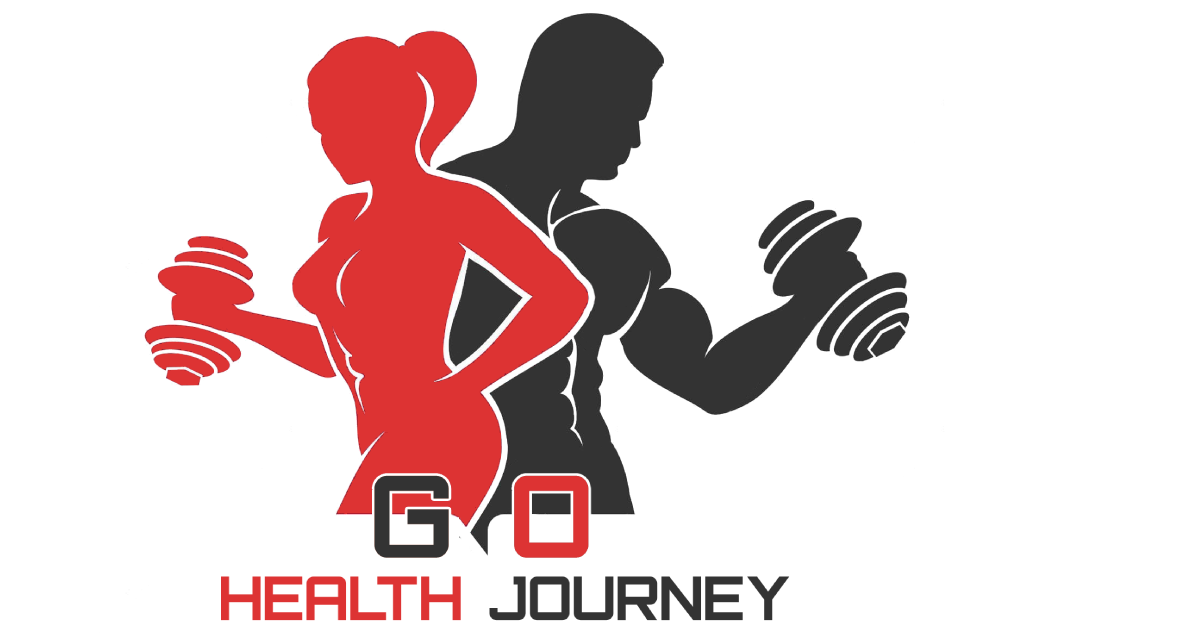
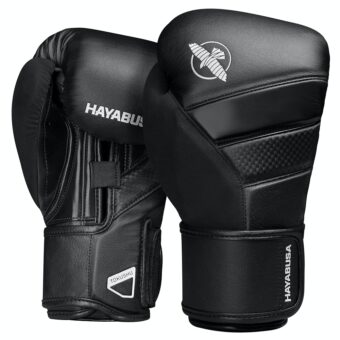
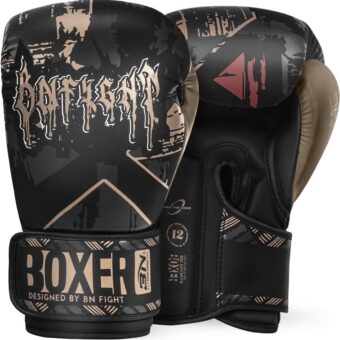
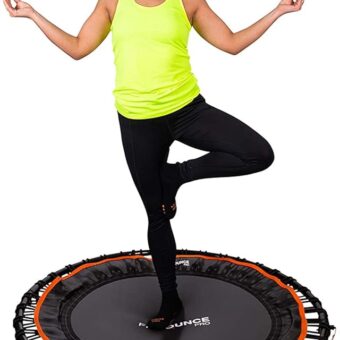
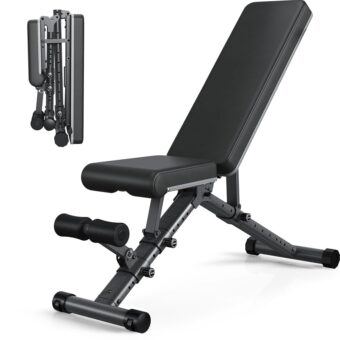

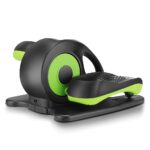
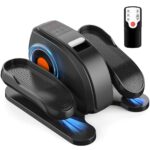
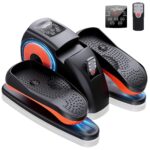
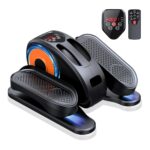
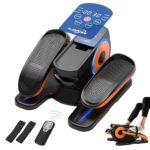

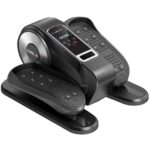
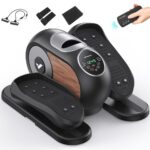
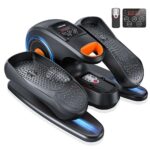
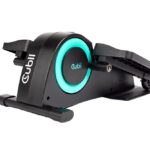
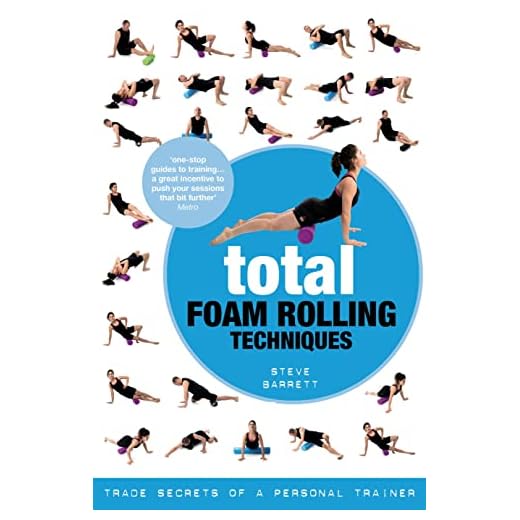






Foam rolling is like a love-hate relationship for me 😂. I just can’t get the hang of the techniques! I often end up feeling more sore than relaxed! Maybe I need to watch some videos? Any tips for beginners?
Youtube has a ton of tutorials! I watched some and it totally transformed my rolling game!
I feel you, Emily! I started with just rolling gently on the sore spots. Take it slow, and trust the process!
Absolutely! Starting light is key, Emily. Adjust pressure based on your comfort—it’s all about finding what feels right.
Good content, but the ‘listening to your body’ bit was kinda vague… How do I know if I’m rolling too much? I might just be paranoid about overdoing it. 😅
Right? If it feels excruciating, you’re probably overdoing it. Just listen and adjust!
Yeah, rolling should be tough but not painful. If it hurts too much, maybe it’s a sign to lighten up!
Great point, Danny! A good rule is to feel ‘good discomfort.’ If you’re causing pain, ease off.
Pretty solid info! But I’m a bit skeptical about the whole ‘timing your sessions’ part. I usually just roll before and after workouts. Is it really worth it to schedule it outside workouts? 🤔
Great question, Mike! It’s about allowing your muscles to recover better, especially when you’re active on rest days.
I used to think the same, but trying it outside workout times helped with my recovery a ton! Just 10 mins at night works wonders. 🌙
Loved this guide! I’ve been using foam rollers casually, but you really broke it down for me. The section on choosing the right roller was super helpful. I got a basic one but thinking about upgrading to a more textured one. Anyone have recommendations? 😊
I’ve got a high-density one, and it’s a game changer! Definitely worth the investment! 💪
Hi Sarah! If you’re looking for something more textured, check out the Grid Roller. It’s great for targeted relief!
This guide is awesome except for the muscle groups part. I get it, muscles are important, but it’s a lot to remember! 😂 Could maybe use a visual aid next time? 🌈
Thanks for the feedback, Charlie! We’ll consider adding visual aids in future updates.
Try taking screenshots of the muscle groups you work on! It helps to keep them fresh in your mind.
I started foam rolling last month, and I’m obsessed! It’s done wonders for my tight back. But does anyone have a routine they swear by? The more specific the better! 🙌
Definitely same! Just 5 mins on each muscle after a workout has been great for me.
For sure! I do a 10-min routine focusing on the back, quads, and calves. Just roll and hold on the tight spots!